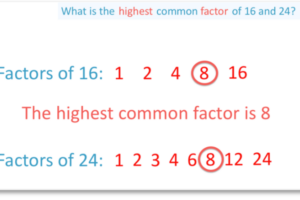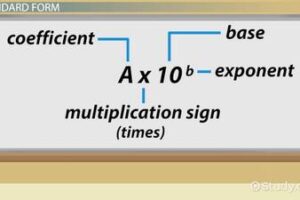Avoiding Silly Mistakes

Avoiding Silly Mistakes……
Silly Mistakes can cost students dearly when it comes to completing Exam Papers. In most cases, students know around 80%+ of the material they are going to sit an exam for. So why do they struggle when it comes to sitting the exam? How can we avoid these issues? How many times have you as a parent, asked yourself, why did he/she make this mistake when they already know the material?
So just to confirm on what is a silly mistake…..its basically something that the student already knows extremely well. They have performed well with homework, when you have tested them with questions, when you have asked them about the topic. However, when it comes to the actual exam, for whatever reason, they do not get the answer right. This is extremely frustrating as the material is something they are well equipped to understand and know.
You have to ask yourself. If only they got all the questions right that they understand the material for, their mark would be so much better. It is clearly going to be the difference between successfully completing the exam and passing with marks required to achieve the grade needed as opposed to failing. The ironic thing is that it is such a shame because the student does know better!
Well some of the answers to this are per below. The points are summarised in this particular article but at some stage, these will be expanded on further in focused Blog postings.
1. Complete homework on a time constrained basis
Students are too use to having an open ended window in which to complete homework. Therefore when they enter the exam time constrained environment, it is alien to them. I give mock tests on a time constrained basis but the reinforcement of this practice needs to be on a regular basis.
ACTION: Impose time constraints as much as possible
2. Time Allocation for Checking
Students must check their answers simultaneously as they are completing the question. It is unrealistic to expect students to check a full paper at the end. In addition to this, they have to re-read the question many times as it is not fresh in their minds
ACTION: Check answers before you write down your answer
3. Sense check your answer
In subjects like Maths, it is possible to sense check an answer. For example, students know that 5.32 * 19.65 is in the ballpark of 100 BEFORE they attempt the question. Therefore, their answer should reflect a similar result. Too many times, students misplace a decimal point and this costs them valuable marks
ACTION: Estimate the answer where possible, before attempting the question
4. Ensure you are marking the paper correctly
There are instances when students mark the answer for a question against the incorrect number on their answer sheet. Most common in Multiple Choice Questions. It is a common error but one that has to be eradicated.
ACTION: Practice Multiple Choice questions with official Exam Grid Sheets
5. Draw a box clearly around each question workings
Each set of workings (when done on ‘rough paper’) should have a box drawn around them. This ring fences the workings and gives the student a clear identifiable space in which to work in. Sometimes, students have messy and overlapping workings.
ACTION: All workings need to have a box drawn around them to ring fence and separate them
6. Read the Question fully
How many times does a student read a question which says “Which of these is…” rather than “Which of these is not…”? This leads to lost marks as the question is answered incorrectly. Words in Bold or Capitals MUST be given extra attention
ACTION: Either use a finger as a cursor/ pace maker and move along word by word or underline key words. Pay particular attention to words in bold
7. Keep a note of recurring Issues
An ongoing log should be kept of all issues. So if a student does a test paper and has issues with a) A particular topic; b) Time Management; c) Not allowing time to simultaneously check, then these should be logged
ACTION: Keep a log and monitor improvement against key issues
8. Get the Easy Questions right!
This is one of the most important points. Within any paper, most students are capable of answering 80%+ correctly……if they were not in exam conditions. However, they make mistakes through one or more of the issues already mentioned. These questions have to be answered correctly and differentiates a 2nd/3rd Quartile student versus a 1st Quartile Student
ACTION: Easy questions have to be checked. Any errors have to be analysed and actioned with multiple practice questions after the test paper.
9. Essays
If writing essays or longer Comprehension questions, have a clear plan written down. This ensures you stick to what the question is asking and structure your answer properly
ACTION: A bullet point plan (one point one mark!). Or a spider diagram works.
10. It is true!: Practice Makes Perfect !!
It is very true and will help for understanding topics, appreciating the format of questions, working under time constraints and overall readiness for exam day.
ACTION: Practice time bound exam level questions on exam paper
I hope you found the above article useful. At some stage, further detail will be added on each of the above areas. In the meantime, there are also some great additional online resources. For example, this post here
Tag:WordPress



